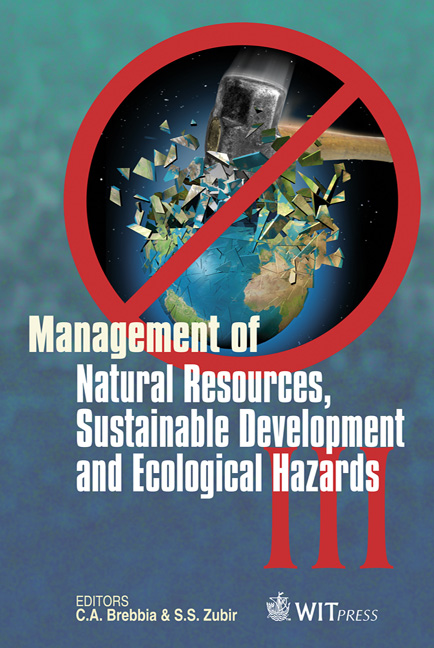Biodiesel Production From Microalgae
Price
Free (open access)
Transaction
Volume
148
Pages
9
Page Range
465 - 473
Published
2011
Size
416 kb
Paper DOI
10.2495/RAV110421
Copyright
WIT Press
Author(s)
M. Veillette, A. Giroir-Fendler, N. Faucheux & M. Heitz
Abstract
By 2020, according to several government policies like the European Union countries, road transportation fuels must contain at least 10% (v/v) biofuel like biodiesel. Consequently, the world biodiesel production is expected to rise in the next years. However, most biodiesel is produced from vegetable oils, which compete with human food production. Biodiesel from microalgae could help to reach the requested level of biofuel (biodiesel) without endangering the world food supply because microalgae cultivation does not compete with arable land. Nevertheless, the cost of biodiesel production from microalgae must be lowered. One of the main challenges is to extract the lipids from the microalgae and to transform them into biodiesel. The 1st objective of this study was therefore to compare chloroformmethanol- water and hexane as solvents for Nannochloropsis Oculata, Isochrysis Galbana and Pavlova Lutheri microalgae lipid extraction. The 2nd objective was to transform the lipids into biodiesel by an acid catalysed (acetyl chloride) transesterification. The results obtained demonstrated that a lipid yield of 32% (w/w) could be obtained by an extraction with chloroform-methanol-water without reflux. With hexane reflux, the lipids extracted from the microalgae reached 22% (w/w). The fatty acid methyl ester (FAME) composition was not influenced by the reflux (chloroform-methanol-water) during the solvent extraction. The main FAME weight composition (% wt.) obtained from an acid catalyzed transesterification (100ºC, 1h) were methyl palmitoleate (56-58%), methyl palmitate (12-14%) and methyl eicosapentaenoate (9.6-10.1%). Keywords: biodiesel, microalgae, extraction, lipids, transesterification, FAME.
Keywords
biodiesel, microalgae, extraction, lipids, transesterification, FAME





